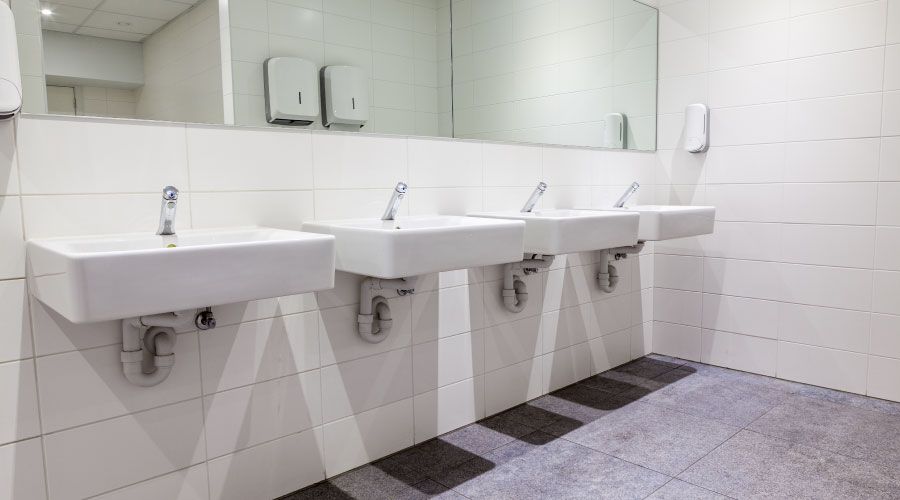Local Codes Differ on Waterless Urinals
The code compliance of waterless urinals varies among local jurisdictions. Some allow installation of waterless urinals, while others do not. The International Plumbing Code requires all plumbing fixtures have a water supply when it is required for proper operations and that water provides the trap seal.
Some local codes explicitly require fixtures to have a water supply and exclude mechanical traps. For the liquid-seal waterless urinals, the potential grey areas in the codes stem from using the sealer in lieu of water.
In the case of the dry waterless urinals, the urinals not only lack a water trap, but the local codes might consider the canisters to be mechanical in nature and, thus, subject to failure. Either requirement might preclude their use.
Managers planning to install waterless urinals first should check with local code officials to determine if they will accept the retrofit as code compliant.
Doug Yon, P.E., is a project manager with Facility Engineering Associates (FEA) — www.feapc.com — who brings more than 25 years of experience with condition assessment, facilities management, construction management, and energy management projects. David Cosaboon, P.E., is a staff engineer with FEA. He has performed equipment inventories and condition assessments for many clients and is a member of the American Society of Mechanical Engineers.
Related Topics:
















